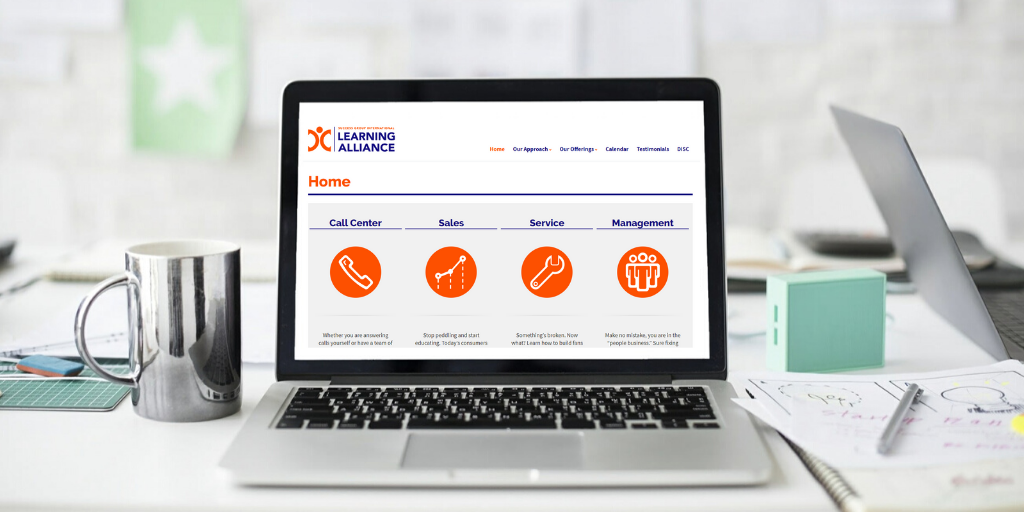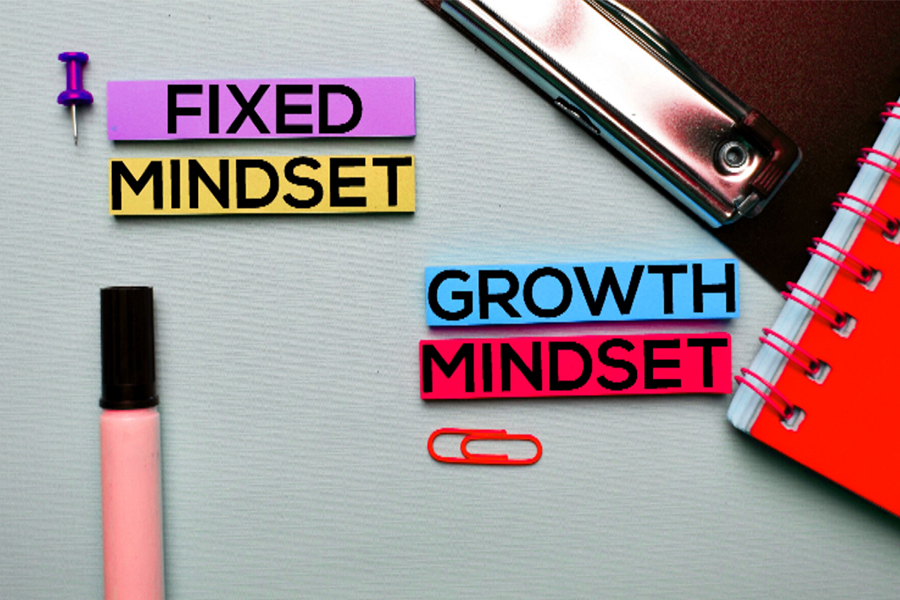How to Measure the True Success of Training
When we send our teams to training—or conduct in-house training—there is an expectation. We expect the learner will know what to do to run a more effective call or answer the phones to maximize booked calls. However, there is a difference between knowing what to do, and being able to do it.
I was introduced to a YouTube™ video of an engineer named Destin Sandlin explaining his experience learning how to ride a bike “backwards.” The bike itself wasn’t backwards, just how you steer. So, if Sandlin turned the handlebars right, the bike would go left and vice versa. In the video he can verbalize what he needs to do to ride the bike, but when he attempts to ride the bike it is nearly impossible. In his words, “I had the knowledge to operate the bike, but I did not have the understanding, therefore knowledge is not understanding.”
It took Sandlin eight months of practice to finally learn how to ride the bike. After learning to ride the bike backwards, he decided to try to ride a “regular” bike. He struggled with the regular bike for only about 20 minutes before picking it back up again.
The video teaches a very valuable lesson: Any behavior can be changed with practice, however, if it is not continuously reinforced, it is easy to go back to the previous behavior. This shows us that training is not a one-time event. You can’t expect to show your team how to do something once or send them to one training class and expect them to be able to perform the desired behavior.
If training is not a one-time event, how do we measure its success? The Kirkpatrick Model defines four levels of learning evaluation.
- Level 1 “Reaction” to Learning: Did they enjoy the training? Did it keep them engaged? This is usually a survey at the end of the class, but it does not prove that the learner actually learned anything.
- Level 2 “Learning” Level: This is really measuring how much information was absorbed. This is where Sandlin knew what he was supposed to do to ride the bike but still couldn’t ride the bike.
- Level 3 “Behavior Change”: This where you can really start to measure the success of the training. At this level you can measure how much the training has influenced the behavior and evaluate how they apply this information on the job. This is the level that your team should be striving for. If they get to this level, they will inevitably get to the next and final one.
- Level 4 “Results”: At this level you can measure the ROI of the specific training.
The goal of every training should be behavior change. That’s why you started training. Behavioral change can be measured informally and formally.
Informal Measurements
Informal measurements of behavior change can be subjective, but still valuable. These include:
- Managers observing their team performing the desired behavior—maybe during a ride-along or listening to a CSRs phone call.
- Team members feeling more confident talking to clients.
- Team members asking for additional training because they realize how it benefits their performance.
- Reviews and client feedback recognizing the team member.
Formal Measurements
Formal measurements of behavior change are objective and can typically be tracked with data. These include:
- Increased average tickets for techs and salespeople.
- Increased closing ratios—in-person or on the phone, depending on the role.
- Being able to demonstrate and teach teammates.
- Exceeding goals.
As Sandlin proved, just because you can pass a knowledge test, doesn’t mean you can do it. For training to be truly successful it must be practiced and reinforced daily—even after the behavior change has occurred.



